People have easier access to specialized healthcare
The merger of the three health departments of Ho Chi Minh City, Ba Ria-Vung Tau and Binh Duong into the Ho Chi Minh City Health Department is not only an administrative change and expansion of scale, but also a great opportunity to restructure and develop a stronger regional health network.
According to the Ho Chi Minh City Department of Health, after the merger, the area of Ho Chi Minh City will increase from 2,095 km² to 6,772 km², the population will increase from 9.9 million to more than 13.7 million people. The number of hospitals in the city will increase from 134 to 174, adding 27 hospitals from Binh Duong and 13 from Ba Ria - Vung Tau .
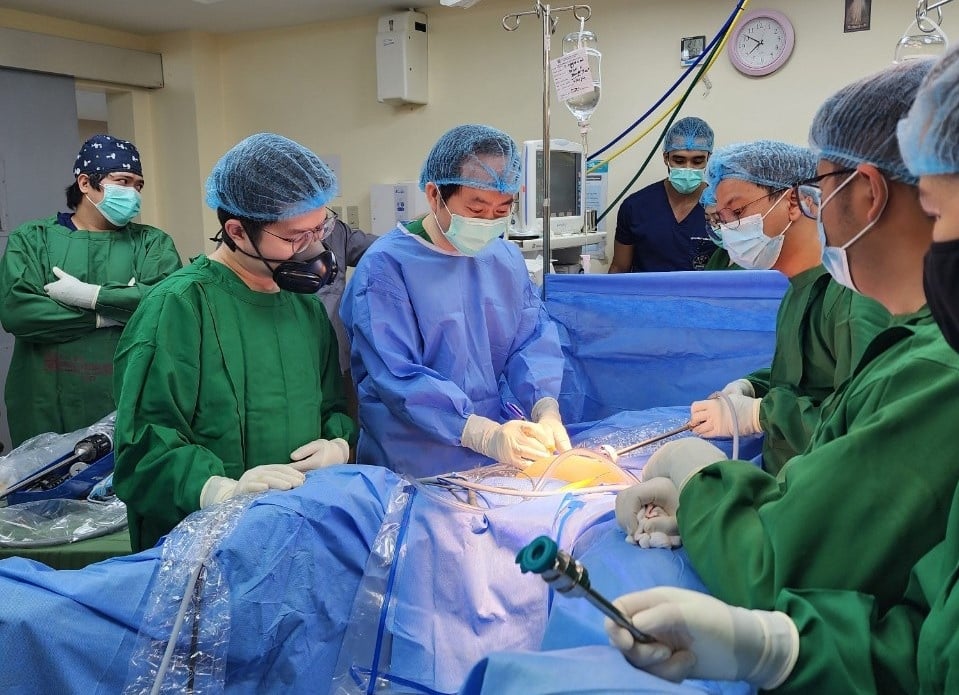 |
| Through the merger, people in Binh Duong and Ba Ria - Vung Tau can access specialized medical services in Ho Chi Minh City more easily. |
Dr. Dao Canh Tuat, Chairman of the Board of Directors of Van Phuc City Hospital Joint Stock Company and Vice Chairman of the Vietnam Private Hospital Association, commented: “The merger of the three localities will make Ho Chi Minh City the largest regional medical center in the country. With 174 hospitals, the new medical system will have the conditions to develop strongly in depth, especially in technology transfer and regional linkages.”
One of those advantages is the convenient regional medical network connection, creating conditions for people in Binh Duong and Ba Ria - Vung Tau to access specialized medical services in Ho Chi Minh City more easily.
For patients, especially those with health insurance, in the past, because Ho Chi Minh City, Binh Duong and Ba Ria - Vung Tau were three separate provinces and cities, health insurance examination and treatment sometimes encountered obstacles due to differences in regulations and coverage between localities.
However, when the three localities are merged into one city, patients will be examined and treated in the same system, no longer limited by administrative boundaries. This will help people, especially those in remote areas of Binh Duong and Ba Ria - Vung Tau, to more easily access tertiary hospitals and specialized hospitals in Ho Chi Minh City while still enjoying full health insurance benefits.
In addition, Dr. Tuat also emphasized the role of developing a network of satellite hospitals, helping to share the burden for the lower-level hospitals in Ho Chi Minh City. This is a good opportunity to transfer technology, bring good doctors and modern equipment to serve people at lower levels.
“Currently, many specialized medical techniques such as robotic surgery have only been implemented in major hospitals in Ho Chi Minh City. Meanwhile, provinces such as Binh Duong and Ba Ria - Vung Tau do not yet have the conditions to perform these techniques. With the regional linkage model, these techniques can be transferred, improving the quality of treatment right at the local level,” Dr. Tuat shared.
Infrastructure is still a concern
Besides development opportunities, the healthcare system after the merger will face significant challenges. According to statistics from the Ho Chi Minh City Department of Health, the number of medical examinations is expected to increase from over 42 million to over 51 million per year (combining the current medical examinations of all three localities).
The number of inpatient treatments increased from over 2.2 million to over 3.8 million per year. If considered on a national scale, the Ho Chi Minh City healthcare system after the merger will provide about 30% of outpatient visits and over 23% of inpatient treatments nationwide - a very large proportion.
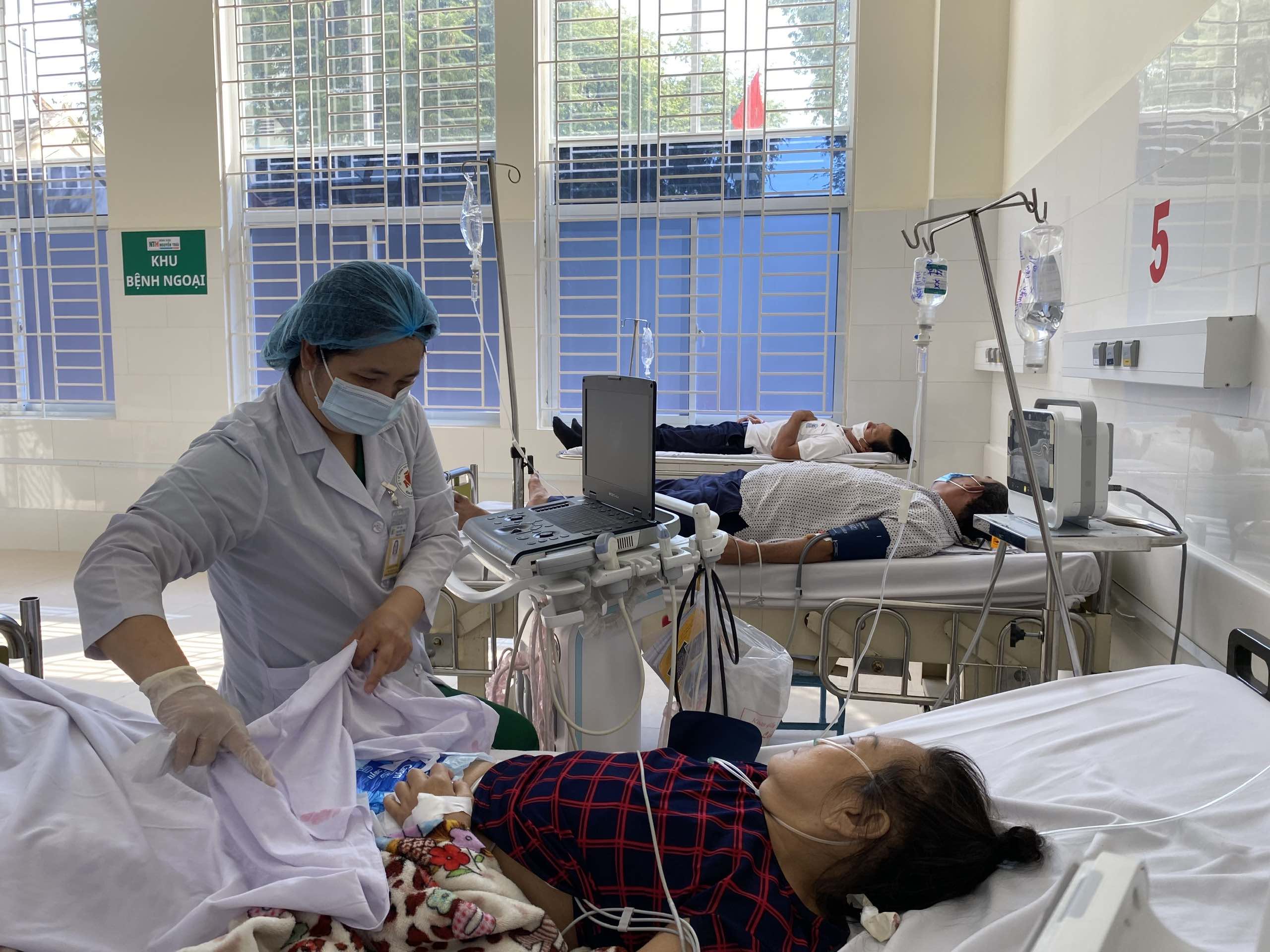 |
| Ho Chi Minh City's health sector is looking for many solutions to reduce pressure after the merger. |
“Currently, demand has exceeded supply – end-line hospitals are overloaded, and the situation will become even more tense in the future,” said the Vice President of the Vietnam Private Hospital Association.
Another major difficulty pointed out by Dr. Tuat is the uneven medical infrastructure. Although some hospitals have been newly built, most of the current hospitals are degraded and have outdated equipment. Patients have to wait from morning to afternoon, sometimes even the next day. In this context, a sudden increase in the number of patients will make it even more difficult to ensure service quality.
Faced with these challenges, one of the solutions proposed by the Ho Chi Minh City health sector is to proactively research and expand additional service facilities according to the model of facilities 2 and 3 of leading general and specialized hospitals in new areas of Ba Ria - Vung Tau and Binh Duong provinces. This will both help meet the needs of medical examination and treatment of the people and be an opportunity to promote the development of medical tourism in the city.
According to Dr. Canh Tuat, there is no more effective way to solve the overload situation than to cooperate with the private sector to develop a satellite hospital system in Binh Duong and Ba Ria - Vung Tau. Here, people can still access good doctors and modern equipment, without having to go to the final hospitals in Ho Chi Minh City. This is the "golden period" to systematically implement this cooperation model.
However, to do this, private investors need support in accessing land funds. Dr. Tuat said that after the merger, many public headquarters will be redundant or vacant. Therefore, the representative of the Vietnam Private Hospital Association proposed that localities should review and transfer these headquarters to private medical facilities, thereby expanding the medical examination and treatment network among the population.
More importantly, the Ministry of Health needs to soon issue a clear legal framework for the establishment of satellite hospitals under the public-private model. “Without a legal framework, joint venture models will be difficult to implement. This is a bottleneck that needs to be resolved immediately if the post-merger health system is to operate effectively,” Dr. Tuat emphasized.
From a local perspective, the Department of Health of Ba Ria - Vung Tau province also proposed studying the possibility of converting some hospitals in Ba Ria - Vung Tau province into second facilities of Ho Chi Minh City hospitals or planning suitable land funds to build satellite hospitals, helping to relieve overload pressure.
If implemented, instead of having to wake up at 1-2 am to catch a bus to Ho Chi Minh City for medical examination, people will have access to quality medical services right in their locality, thanks to the support of a team of good doctors from Ho Chi Minh City.
Source: https://baodautu.vn/tphcm-giai-bai-toan-mang-luoi-y-te-vung-sau-sap-nhap-d303765.html



![[Photo] Panorama of the Opening Ceremony of the National Press Festival 2025](https://vphoto.vietnam.vn/thumb/1200x675/vietnam/resource/IMAGE/2025/6/20/6b835ee92c2c4df587af73cb2d1f4f5f)



![[Photo] General Secretary To Lam chairs the 14th Central Military Commission Conference](https://vphoto.vietnam.vn/thumb/1200x675/vietnam/resource/IMAGE/2025/6/20/a9d25fc6dd664fb9a3757502f32e5db0)
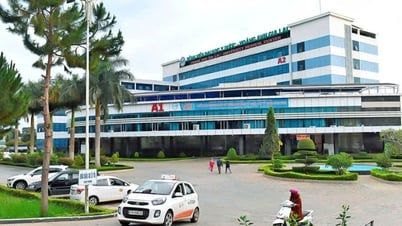



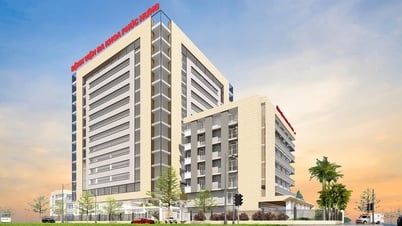











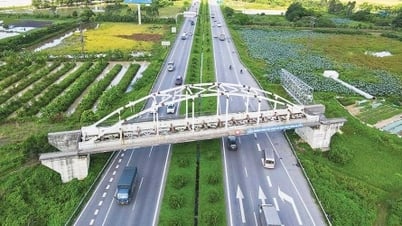






























![[Maritime News] Wan Hai Lines invests $150 million to buy 48,000 containers](https://vphoto.vietnam.vn/thumb/402x226/vietnam/resource/IMAGE/2025/6/20/c945a62aff624b4bb5c25e67e9bcc1cb)












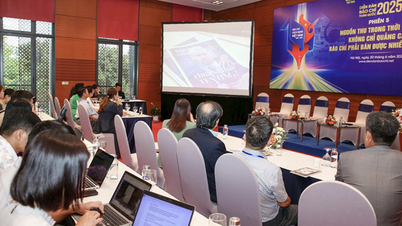






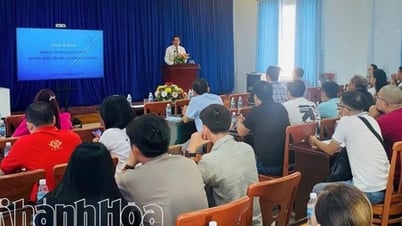


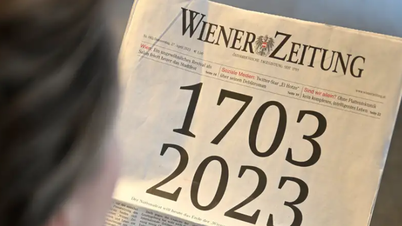

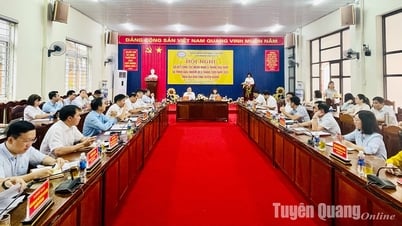



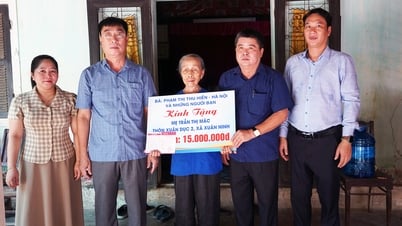














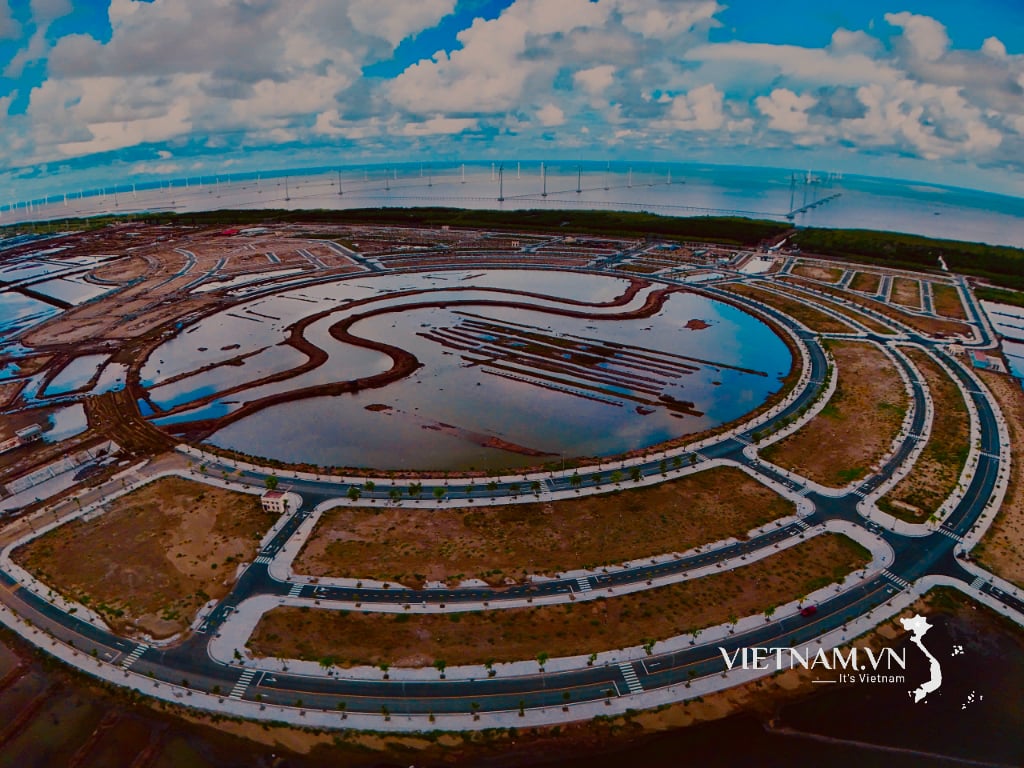


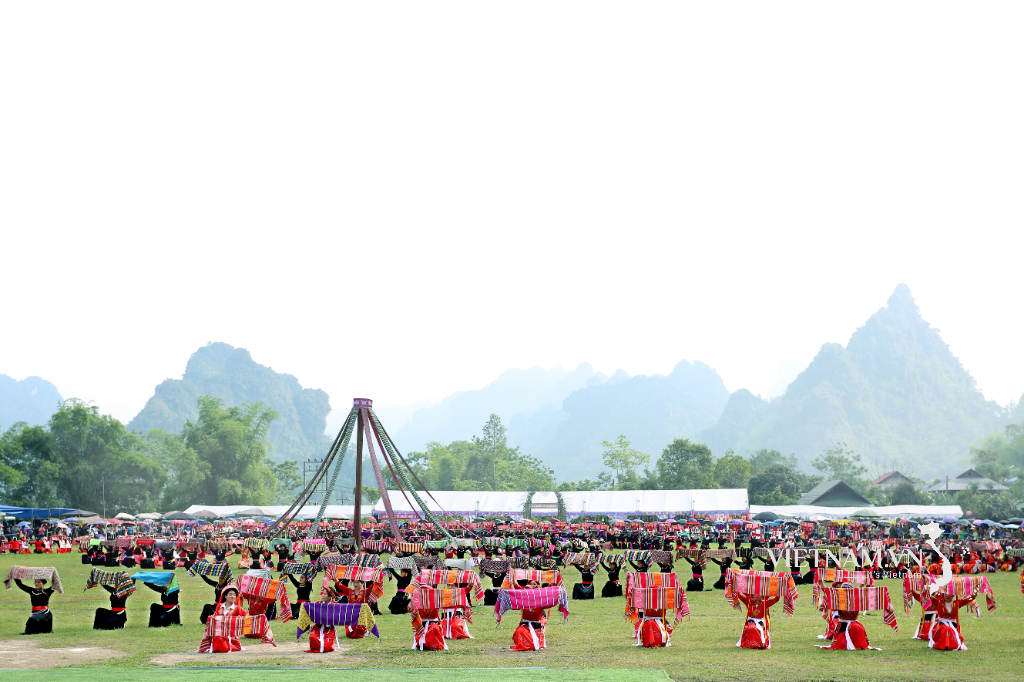
Comment (0)